Look, it’s a Byrd!
Traveling along Robert C. Byrd Expressway in West Virginia, searching for the Green Bank Telescope I see references and signs to Robert C. Byrd bridges, commerce centers, health centers and on it goes. I wonder if I’m in West Virginia at all as there are over 50 buildings, science and technology centers, a dozen roads, bridges and dams, another dozen health, community, and commerce centers named after the late Democratic senator, deemed the King of Pork, Robert C. Byrd. Supporting your constituents and state I find admirable but tacking your own name on everything is a bit too much self-aggrandizing.
I am curious, however, to see the world’s largest Radio telescope which is located in West Virginia. As you might guess its name is the Robert C. Byrd Telescope at Green Bank Observatory.
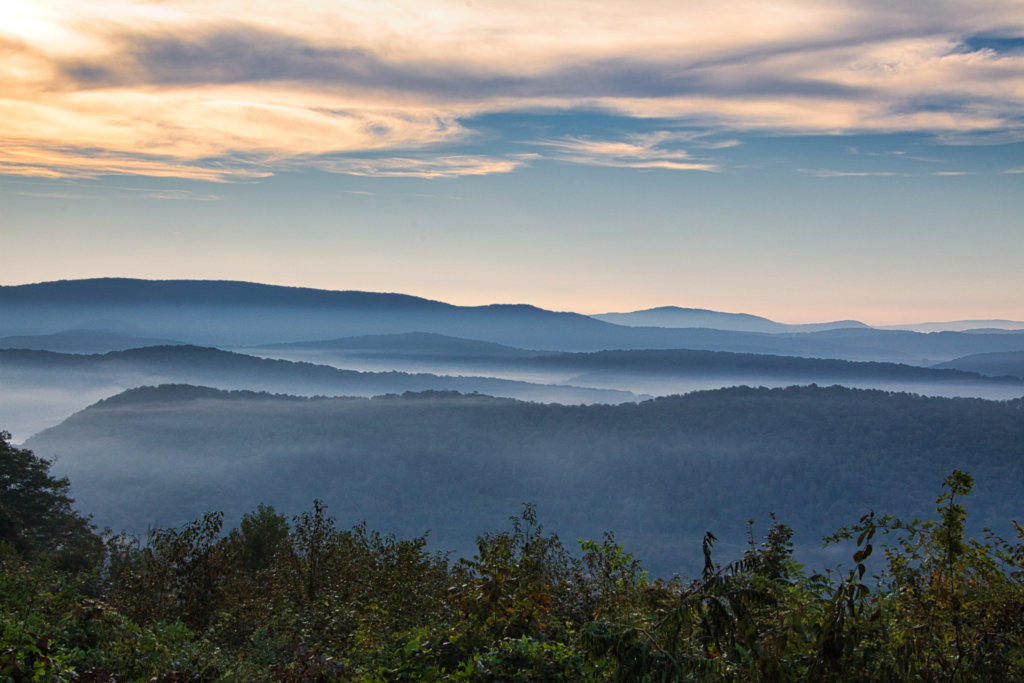
Nestled in the Monongahela Forest in northern West Virginia is the Green Bank Observatory. This valley is selected because the surrounding mountains shield the telescope from stray radio signals. In fact, the area is designated a National Quiet Zone, a 13,000 square mile region of minimized radio signal interference. The U.S. Government designates the zone in 1958 to create a safe haven for radio astronomy. There is no cell coverage, no wi-fi and oddly there are still landline-based payphones in town.
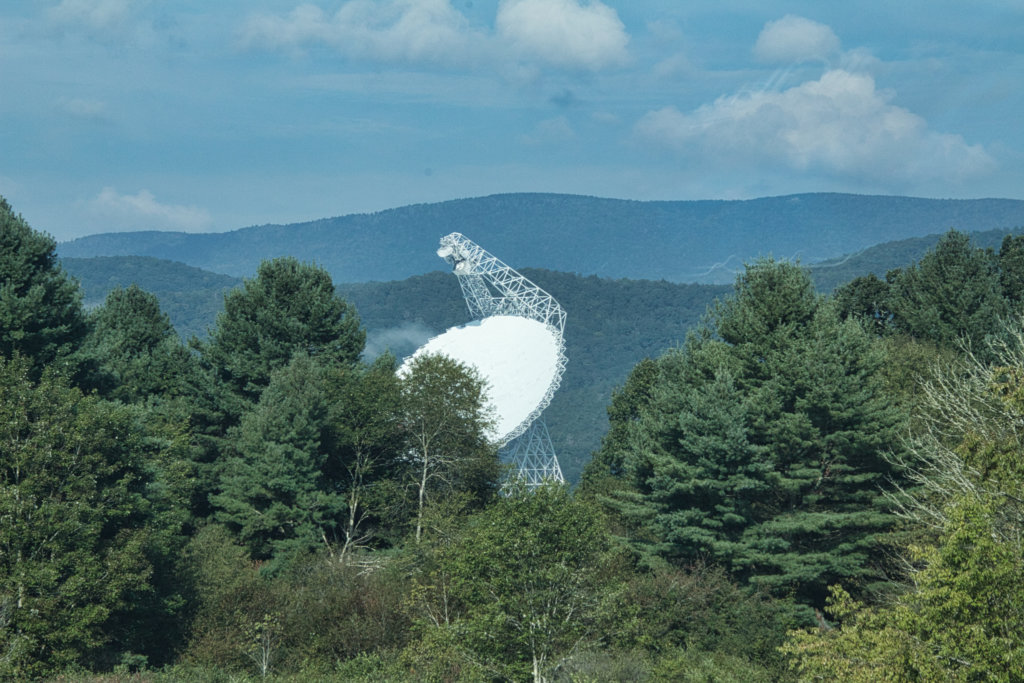
It’s insane!
I am the first and only one to arrive for the 9:00 tour. Unfortunately, policy dictates that tours require a minimum of two people before they will take the bus to tour the grounds. It seems a previous whack-a-do, who took up unauthorized residence at the facility due to her perceived radio wave-induced illnesses. She seeks out shelter from the onslaught of invisible rays in the Quiet Zone. She helps herself to the bathrooms, showers and other facilities despite warnings.
During a solo bus trip, she comes further unglued and has to be restrained, escorted and banned from the facility. Since then, drivers are not to be alone with a single guest. I guess I didn’t pass the potential whack-a-do screening as I am unable to talk my way into a bus tour. I am, however, offered a trail map that allows me to walk the grounds until my heart’s content.
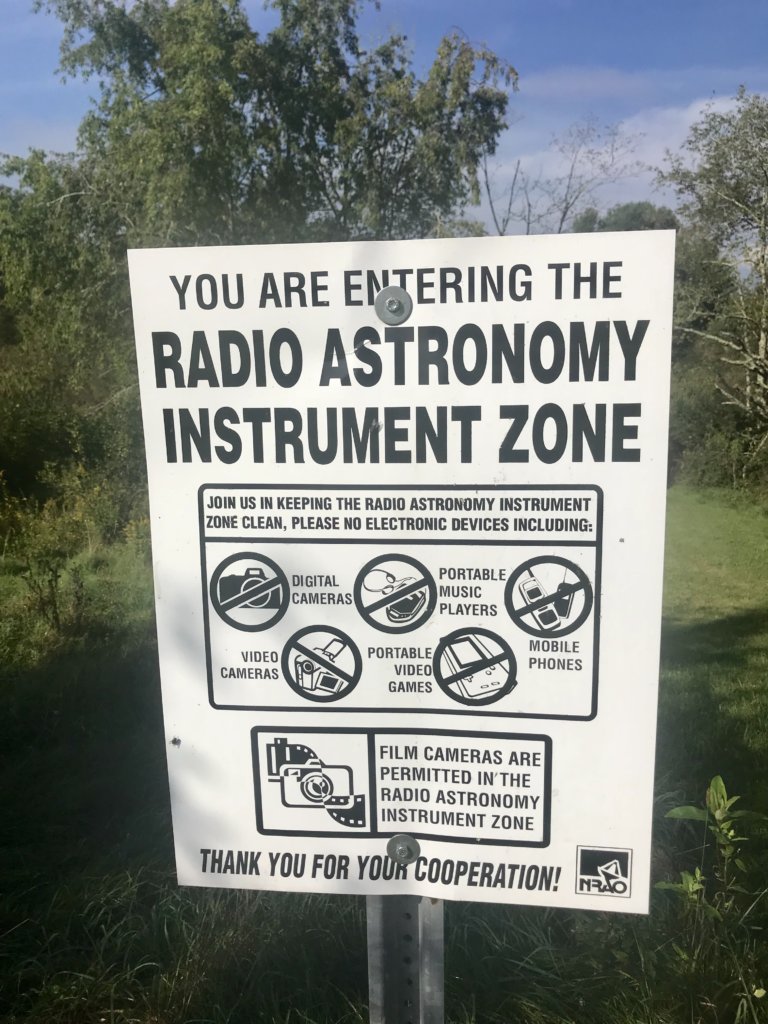
The trails are inside the really, really Quiet Zone which allows zero electronics. I select a two-mile trail and it’s amazing how uneasy I am without a camera, phone, Fitbit or any other electronics. Walking is almost difficult without gadgets as a crutch. Of course, I see a perfect shot of the telescope, many cool butterflies, plants and what I think is a deer skull along the trail. With no way to capture these images, they’ll remain in the recesses of my memory many light-years away beyond any hope of rediscovery.
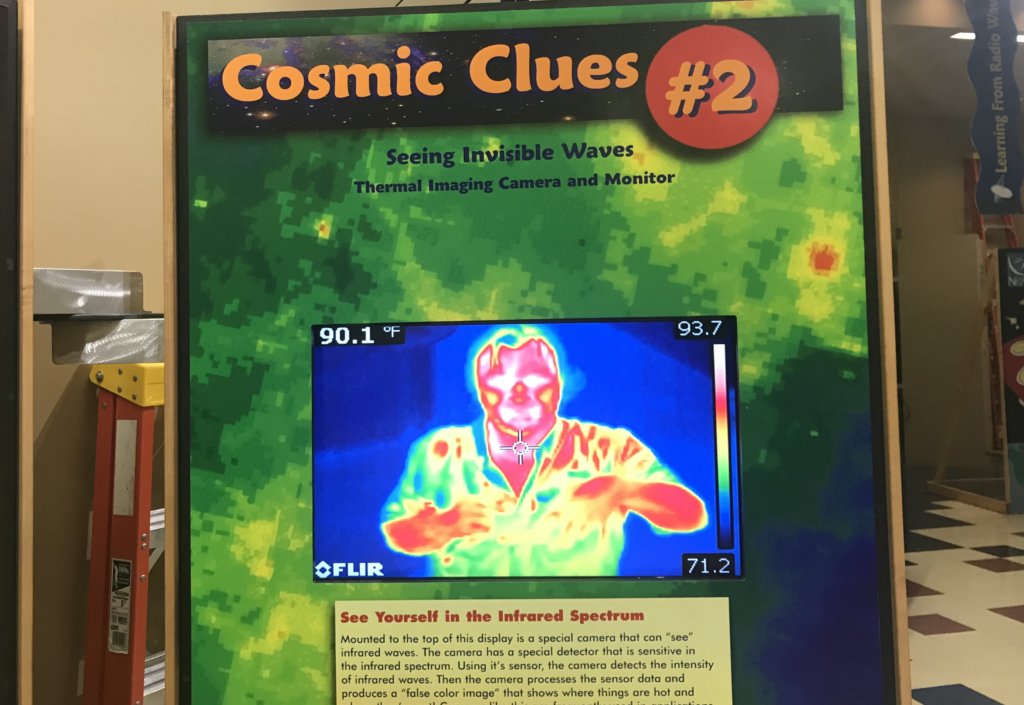
After hitting the trails, I tour the education center where numerous interactive kiosks and information stations highlight: the origination of radio astronomy, how telescopes work, how data collection occurs and is interpreted.
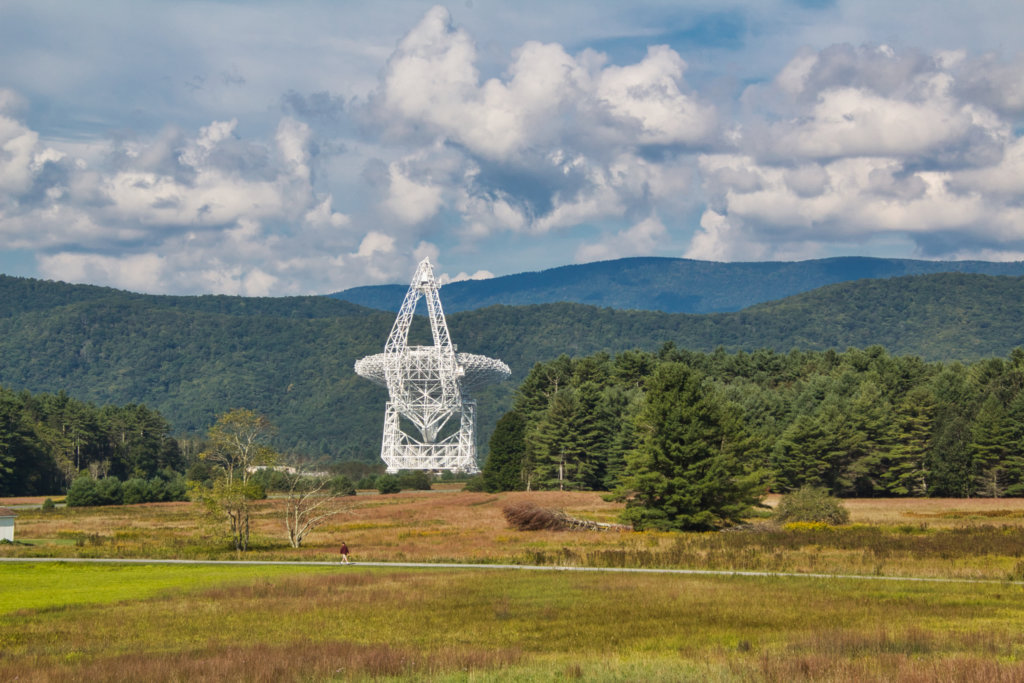
It’s a super plan!
Throughout the valley, several large telescopes are in operation. The granddaddy of them all is the Green Bank Telescope (GBT). It is huge and pictures don’t do it justice. The GBT weighs almost 17 million pounds and stands over 485 feet above ground level. The GBT’s collecting area is 2.5 acres and its diameter is 300 feet.
The GBT and other telescopes engage in SETI (Search for Extraterrestrial Intelligence) research whereby they scan millions of stars in the universe looking for radio waves as a sign of extraterrestrial life. Though researchers have never been able to verify the existence of other life forms through such technologies, they have intercepted plenty of radio waves as clues. Many think they discovered newly forming stars, pulsars, and black holes to name a few. I think what they are seeing might just be a big Byrd.


